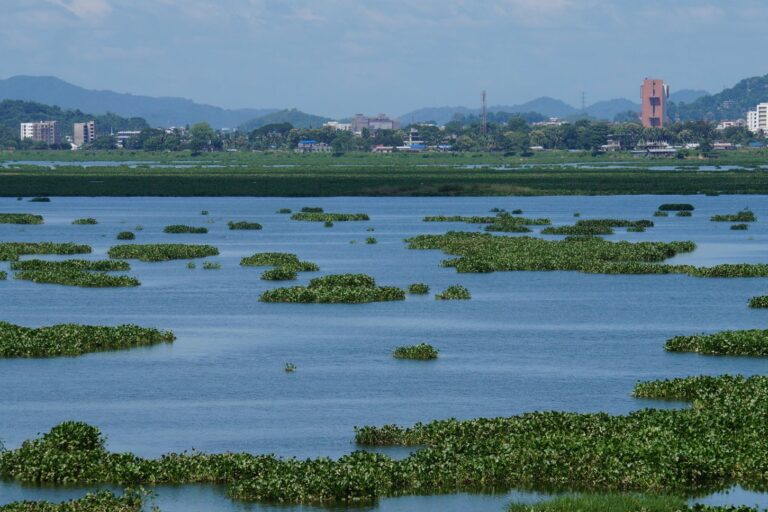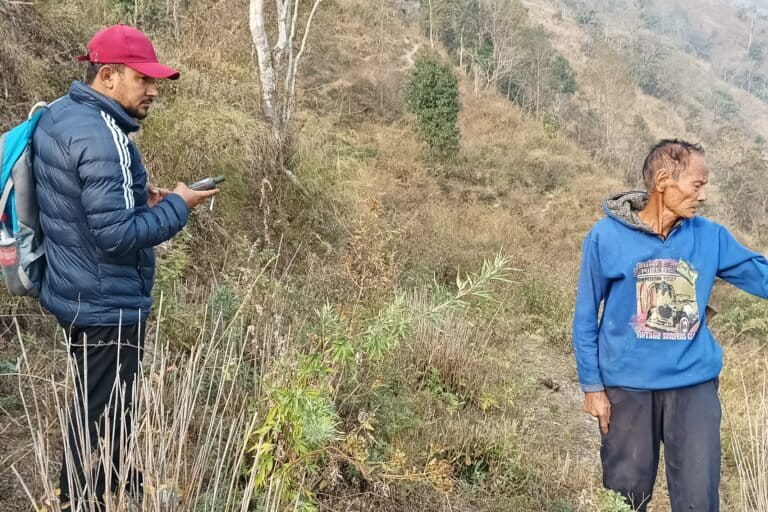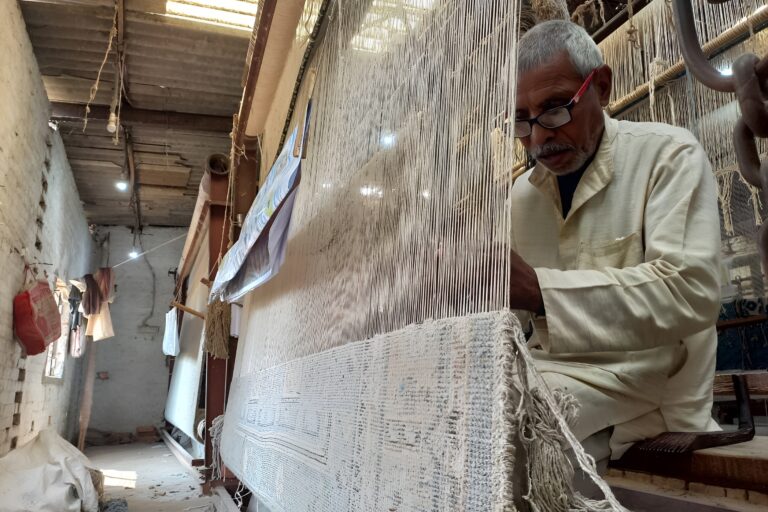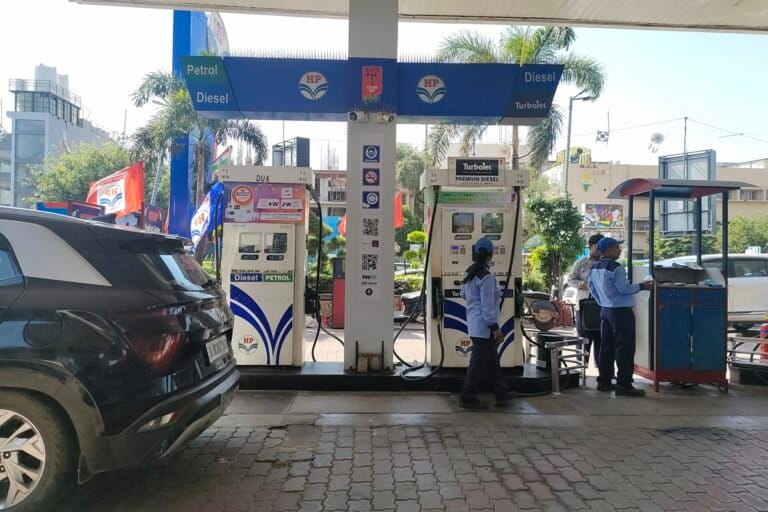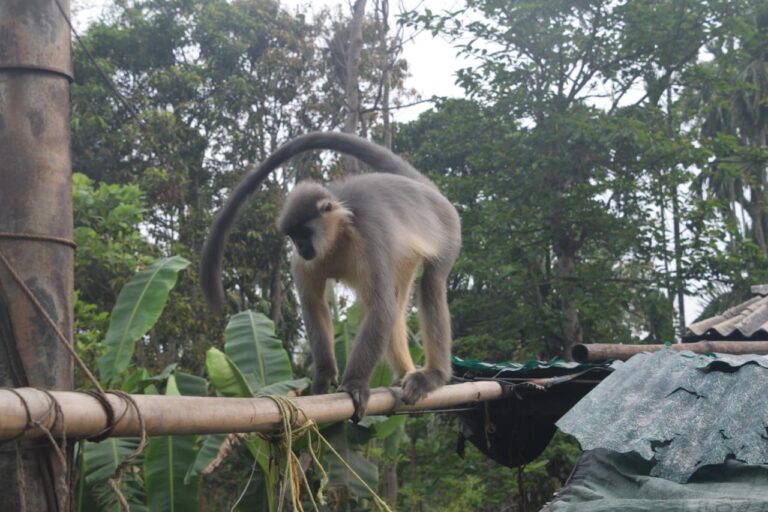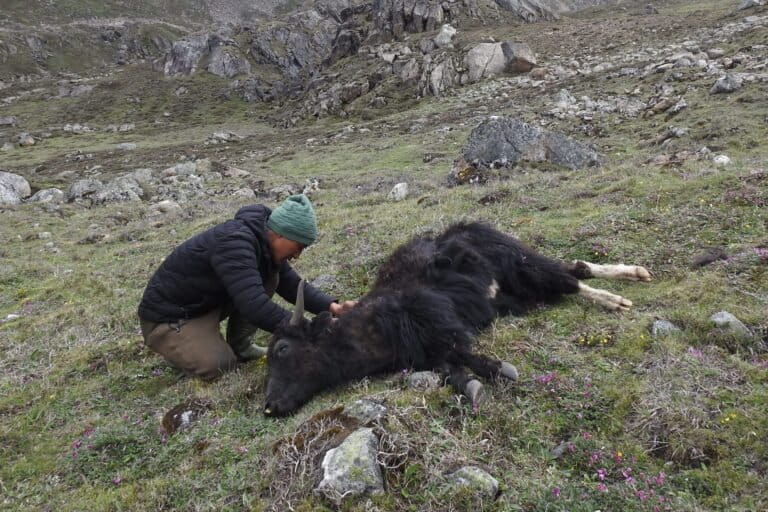- The tribal community of India collects non-timber forest products (NTFPs), estimated to be worth around Rs. two trillion annually. However, these collections don’t translate into prosperity and steady income for the community.
- The central and state governments have been running several programmes to support the tribal communities in increasing their earnings from the NTFPs, with the latest being the Van Dhan Yojana in 2018 that aims to ensure the fair return of the NTFPs.
- Tribal leaders, environmentalists and experts working with the tribal communities believe a continuous focused effort is required to ensure that the tribal people get a proper value of the NTFPs collected. They also believe that it also requires a special focus on women of the tribal communities.
Every year millions of Indians, who belong to scheduled tribes, collect Rs. two trillion (Rs. 200,000 crore) worth of non-timber forest products (NTFP) from the country’s forests. However, in the absence of an organised approach, they are not being able to realise the actual worth of their products. Their struggle intensifies in cases when the forests are diverted for infrastructural or developmental products.
The population of the tribal community in India, as per official data, is 104.3 million (10.43 crore), which is about 8.6 percent of the total population of the country. Of that, about 90 percent live in rural areas where apart from farm work, they are primarily dependent on the NTFPs for their livelihood.
Products such as mahua seeds, tendu leaves, sal seeds, kaunch seeds, chironjee, wild honey, bael, jamun, karanj seeds etc. are included in the NTFPs. Though authorities emphasise that the tribal people are the real owners of the NTFPs and a minimum support price (MSP) is announced for several NTFPs, the ownership of the tribal communities largely remains notional.
Those working with tribal communities argue that the MSP scheme needs to evolve beyond a mere safety net for tribals and there needs to be a better system for them to realise the true value of the NTFPs. Under the MSP scheme, the government looks at fixing and declaring MSP for the selected minor forest produce and then procurement and marketing of those products are undertaken by state agencies. Under this scheme, the government has spent about Rs. 530 million (Rs. 53 crore) between 2014-15 and 2018-19.
In April 2018, Prime Minister Narendra Modi launched Pradhan Mantri Van Dhan Yojana (PMVDY) and stated that ‘Van Dhan, Jan Dhan and Govardhan’ would be the basis for transforming the rural and tribal economy in the future.
This scheme is in addition to the government’s efforts aimed at ensuring fair returns to the tribal community for the NTFP through the MSP scheme. Under the Van Dhan Yojana, the government aims to bridge gaps like the shrinking of the area under the NTFPs due to the timber-first policy.
Another major gap is that the trade mechanism of the NTFPs at the “primary haat bazar level remains highly inequitable to the tribals” as a result of which, when the market prices appear impressive, the cash that comes to the tribals’ hands remains low and gains are reaped by a long chain of middlemen.
Madhu Sarin of the Campaign for Survival and Dignity, a national platform of forest dwellers groups, explained that the collection of NTFPs, other than the more valuable tendu leaf and bamboo which have been nationalised, is not much of a problem for the tribal community while getting the right returns is.
“The issue is that what the tribal people get in hand for what they have collected depends on their ability to negotiate the market. A lot of them are small-time individual collectors unable to secure an attractive return; whereas, a more organised lot can access a larger market and better prices. Proper returns on NTFPs, especially if value addition through processing is supported, can go a long way in ensuring improved livelihoods,” Sarin told Mongabay-India.
The government admits that the NTFPs have a major role in the economy of tribal societies. Every year, tribals collect the NTFPs worth around Rs. two trillion (Rs. 200,000 crores) which are then traded in the local markets. The government knows that the potential of this huge capital is grossly under-managed.
According to Ajoy Debbarma, at the Tripura centre of the Indian Council of Forestry Research and Education, NTFPs contribute to the local economy but they are not reflected in the state Gross State Domestic Product (GSDP)
“Of course there are NTFPs that are regulated within the states (like broom grass) but certain products that people collect and sell in local markets are not included in the state GSDP. It is an undervaluation of the contribution of NTFPs to the state GSDP,” Debbarma told Mongabay-India.

Streamlining of the NTFPs is urgently needed
The PMVDY scheme aims to provide enhanced livelihood to about 4.5 million (45 lakhs) tribal gatherers in one year. Its goal is to “promote and leverage the collective strength of tribals to achieve a viable scale to take on the predatory market forces in the areas where these are still prevalent.” The government’s idea is to set-up tribal community-owned “minor forest produce (MFP)-centric multi-purpose Van Dhan Vikas Kendras” in predominantly tribal districts. The government aims to set up about 6,000 such Kendras (centres) in two years.
These places would then act as common facility centres for procurement-cum-value addition to locally available MFPs. The government believes “value addition of raw produce is expected to increase the share of tribals in the value chain to 70-75 percent (from the present share of 20-25 percent).” These Kendras are expected to be led by Van Dhan Self Help Groups (SHG), each of which includes about 20 MFP gatherers.
Shashi Sonawane, of the Bhumiputra Bachav Andolan, who is working with tribal communities in Maharashtra, has similar views as he stressed on having a cooperative structure for handling the NTFPs.
“There is a huge trust deficit between the tribal communities and the forest department. What is required is institutional support for the tribal people to encourage them to seek a proper value for the NTFPs they collect from the forests. As far as rare and medicinal plants from the forests are concerned, the tribal communities lack proper incentive and there is an absence of a mechanism to ensure proper value for that,” Sonawane told Mongabay-India.
“What is required is a structure similar to cooperatives which can help the tribal people in realising the actual worth of the NTFPs,” he said.

Women can be the changemakers
Right from gathering the NTFPs from the forests to the first level of processing them at homes, the bulk of the work is done by women. By strengthening and monetising NTFPs collection, the government is also looking at empowering the tribal women.
Jainandan Singh Porte, who belongs to a tribal community and works in Chhattisgarh’s Surguja area, said tribal people are dependent on forests for everything.
“They are in forests from morning to evening to run their house and earn a livelihood. Projects that take away forest land not only takes away that source but also force them to seek an alternative livelihood — like working as labourers. The issue is that those alternative livelihoods are not permanent. It adversely impacts our culture as well, because many of the forest products are associated with our cultural rituals as well,” Porte told Mongabay-India.
He explained that among the tribal people, women have a central role in the process associated with the NTFPs.
“Our focus is to keep it (the forests) safe for our coming generations by securing our rights under the Forest Rights Act 2006. Women lead the tribal community as far as the collection of the NTFPs is concerned. Women use a lot of the NTFPs in their daily food consumption as well. In many areas, the major nutrition source for these communities is products sourced from forests,” Jainandan added.
In Tripura for instance, most women are engaged in the collection of NTFPs and that’s how they sustain their livelihoods, said Ajoy Debbarma.
“While the Ministry of Tribal Affairs assigns minimum support price to select NTFPs, there are certain NTFPs that are not included in the list. The list can be enhanced to include more NTFPs such that those items collected by women can also come under its ambit and that will help add value to those products,” Debbarma told Mongabay-India.
Medicinal plants are an important part of the NTFPs
To realise the potential of medicinal plants found in forests, the Tribal Cooperative Marketing Development Federation of India Ltd. (TRIFED), which is under the Union Ministry of Tribal Affairs, and the National Medicinal Plants Board (NMPB), which is under Union Ministry of AYUSH, in 2018, signed a memorandum of understanding to promote medicinal and Aromatic Plants (MAPs) forest produce for livelihood development of tribal people.

In Jhabua district in Madhya Pradesh, edible and medicinal plants are principal NTFPs for the indigenous populations that call the district in the western part of the state their home. Sacred groves in Jhabua and neighbouring Alirajpur districts shelter rare, endangered and threatened species of plants, including a rich bounty of medicinal plant species.
Bheem Singh, a healer of the Bhil tribe, who has meticulously documented the medicinal plants that once abounded in the forest, believes tapping into the herbal medicine market can be a source of livelihood for the youth.
Singh, who also cultivates and conserves some of the rare herbs in his homestead, said the forest department has put up fences to protect forest patches and plantations and the fencing hinders access to the medicinal plants. “We grow them in our homesteads and we are now trying to form a collective to propagate medicinal plants and indigenous knowledge on a larger scale so that it can also bring in tourists,” he said.
Banner Image: Tribals in India collect NTFPs worth Rs two trillion from forests every year. Photo by Pankaj Oudhia/Wikimedia Commons.







